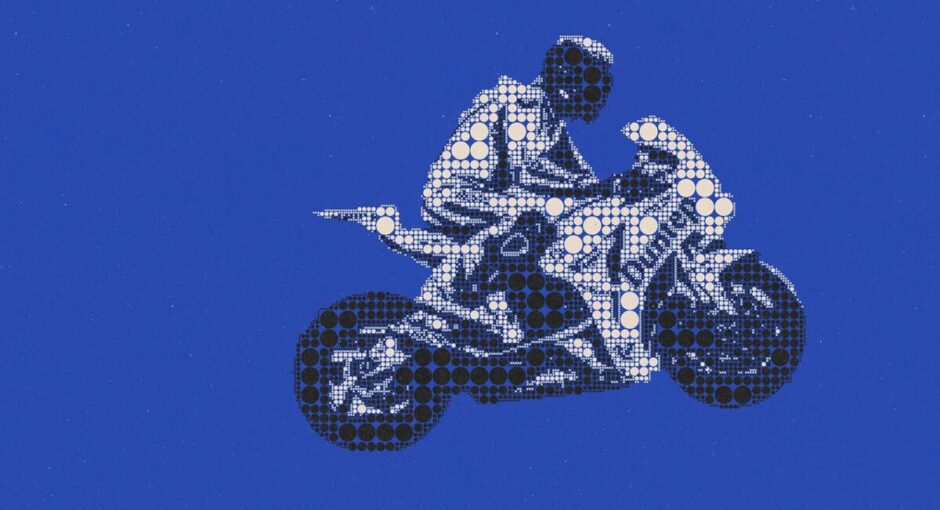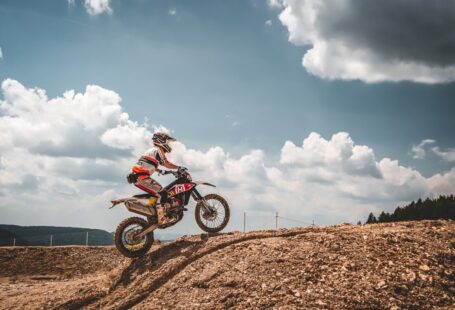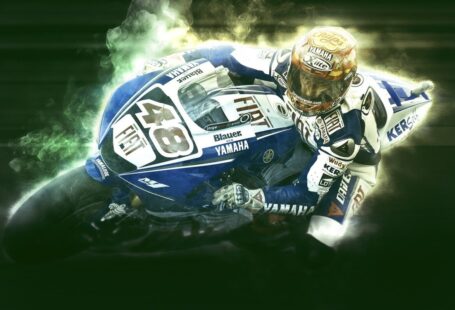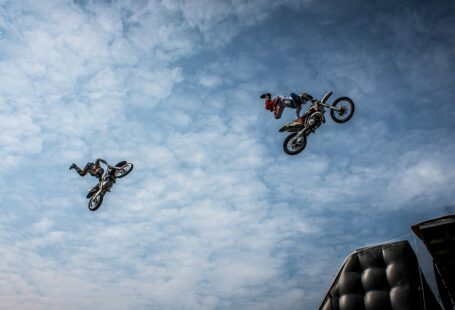“The motorbikes were everywhere today, even when I was in the second group. It’s not Kwiatkowski’s fault, because if the motorbikes come in front of me I would do the same, but we need to do something about it and have some rules about the distance between riders and motorbikes. Kwiatkowski was strong, but he was no stronger than everyone else. We tried to work, Wellens and Stybar and myself. We tried to do everything we could but we couldn’t close.”
It’s not the first time BMC leader Greg Van Avermaet felt his chances of winning a WorldTour race were undone, or at the very least stymied, by the actions of a race motorbike.
In the 2015 Clásica San Sebastián, the Belgian launched a stinging solo attack on the final Bordako Tontorra climb, its summit just seven kilometres from the finish. However no sooner had he flown the coup that his race abruptly ended, when he was taken out by a race radio motorbike. Van Avermaet was unhurt but with his bike broken he was unable to finish the race that Orica-Scott’s Adam Yates ultimately won.
“This is the second time this year we have had an incident with a local organizer of a WorldTour race where they have acted in a scandalous fashion. The UCI has been nowhere in this to resolve the problem. This comes back to safety issues in races where the local organizer of WorldTour events and the UCI are negligent in providing a safe racing environment.
“This was not a sporting incident. This was caused by pure negligence, which cost the team millions of dollars in lost publicity, ” said Ochowicz.
An apology was issued by the San Sebastián organisers though nothing came of the threat of legal proceedings on behalf of BMC Racing, nor was there any change to the UCI rules in terms of where motorbikes could pass or the numbers permitted.
Then, of course, came the tragic death of Antoine Demoitié at Gent-Wevelgem the following March. Demoitié, just 25 years young, was involved in a pile-up with several other riders as the race moved through Sainte-Marie-Cappel in northern France, before being struck by a race motorbike. His death was proceeded by an incident at Kuurne-Brussel-Kuurne involving Stig Broeckx, again involving a race moto, who, terribly unluckily, found himself the victim of another moto collision three months later at the Tour of Belgium. Broeckx only came out of his coma last December and is still recovering, seemingly unlikely to ride again.
“Right now, motorbikes, regardless of (the) safety (aspect), influence the bike race more than doping ever could.”
The day after Demoitié was pronounced dead at the University Hospital of Lille, Mark Cavendish told journalist Daniel Friebe for The Cycling Podcast that “right now, motorbikes, regardless of (the) safety (aspect), influence the bike race more than doping ever could. The knock-on effect comes back to the whole way that cycling’s changing.
“Take Gent-Wevelgem, for instance. It’s too late now. Someone’s died because of it. And it’s not necessarily the motorbike’s fault.
“The race (organisers), they’re trying to make action the whole day, (using) smaller roads… (They think by) making everyone tired makes a better race. It doesn’t necessarily. Make a shorter race if you want to do that.”
It would be easy to blame the incompetence of the motorbike riders, which, as most riders including Cavendish will tell you, is incorrect: they are, for the most part, highly skilled, experienced operators. If you saw the key moments of Strade Bianche last weekend, it is not just an abundance of small roads being used, but the former combined with a plethora of race motos, not to mention wind and lashing rain.
Soon after Michal Kwiatkowski of Team Sky attacked erstwhile companions Van Avermaet, Tim Wellens (Lotto-Soudal) and Zdenek Stybar (Quick-Step Floors) with 15km remaining, Eurosport commentator and former Dimension Data team manager Brian Smith noted how much of a helping hand the Pole was receiving: just like they ban feeding in the final 20 kilometres of a bike race, they should ban motorbikes from filming in front of the riders, he said. “Clearly, the motos like the former world champion, ” joked his co-commentator Carlton Kirby.
Even when they filmed side-on, it looked too close. Kwiatkowski, strong as he was, was inadvertently receiving, and no doubt, welcoming, the assistance of organiser RCS’s TV motorbikes.
“When Kwiatkowski had a gap we were looking at each other, nobody reacted, ” Wellens, who finished third behind Van Avermaet, said. “It was a strong effort from Kwiatkowski. Afterwards we cooperated really well, but couldn’t catch him anymore.” Stybar, who ran fourth, agreed: “When Michal attacked, we hesitated a bit, and once he got a gap, it was really difficult to bring him back.”
In the women’s Strade Bianche, former world champion Lizzie Deignan (Boels-Dolmans) said she was impeded by the very thing that was assisting Kwiatkowski when a TV moto, in an effort to avoid the front group of riders, blocked her path. “It was a bit frustrating because there was a motorbike in the way, ” she told Cycling Weekly. “It was my own fault though, it was a positional problem that cost me the race.” Deignan finished third behind won by Elisa Longo Borghini (Wiggle High5), five seconds in arrears.
While Wellens said his tank was running on empty, nor Van Avermaet or Stybar eludicated as much. In fact, the former said that, “The longer the race went, the better I felt. It was hard but I still had enough punch for the end.” So, while the hesitation got Kwiatkowski the gap, the question remains how three of the world’s best, cooperating the way they did, couldn’t close it. “They (the motorbikes) are closer to the peloton (than before), ” Cavendish said in March last year.
Source: www.sbs.com.au



